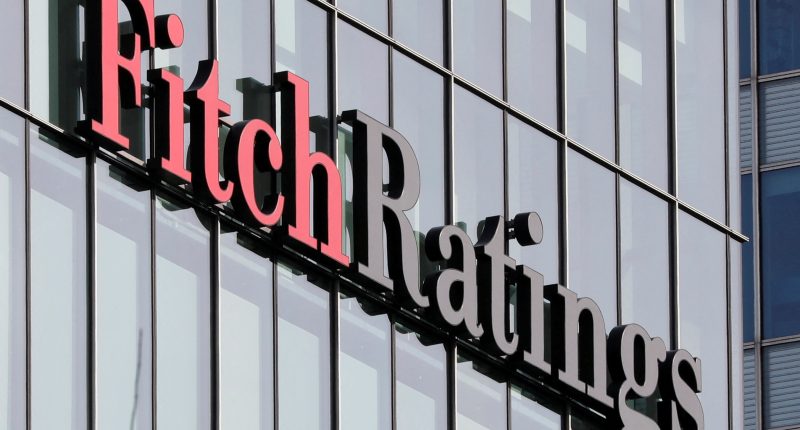NEW YORK — Fitch Ratings has significantly improved its outlook for Armenia’s economic growth in 2022.
According to the rating agency’s press release, the Ukraine conflict and sanctions on Russia have triggered a substantial migration of Russian, Ukrainian and Belarusian citizens to Armenia since March, with visitor numbers rising 515% yoy in 1H22.
This is further supported by a 200% yoy increase in money transfers from Russia to Armenia in 1H22. A large proportion of the migrants are believed to be highly educated professionals, particularly from the information and communications technology sector.
These trends helped boost growth 13% yoy in 2Q22 (1Q22: 8.7% yoy) and should provide momentum in 2H22. Fitch has upped its real GDP growth projections for 2022 to 6.4% as remittances boost personal consumption, and export performance (particularly to Russia) holds up. Fitch expects growth will average 4.7% in 2023-24.
Armenian government’s growth projection for 2022 is 7%, and the inflation is set at 4% (± 1.5%). Armenia’s Central Bank revised earlier upwards the country’s GDP growth forecast for the current year from 1.6% to 4.9%
According to the World Bank’s latest Global Economic Prospects report, Armenia’s GDP in 2022 is expected to grow by 3.5%, down 1.3 p.p. from the previous forecast, made in January.
World Bank analysts expect Armenia’s GDP to grow by 4.6% in 2023 (0.8 p.p. down from the January forecast) and by 4.9% in 2024.
The International Monetary Fund (IMF) expects Armenia’s GDP growth to reach 5 percent in 2022, while inflation is projected to increase temporarily before moderating by the end of the year.
Fitch Ratings has affirmed Armenia’s Long-Term Foreign-Currency Issuer Default Rating (IDR) at ‘B+’ with a Stable Outlook.
Armenia’s ‘B+’ IDRs reflect strong per-capita income, governance and business environment indicators relative to peers, as well as a robust macroeconomic and fiscal policy framework and credible commitment to reform, underpinned by IMF support. Set against these strengths are a high share of foreign-currency denominated public debt, relatively weak external finances, and geopolitical risks.
Armenia benefits from strong support and technical assistance from a range of multilateral and bilateral creditors. As of end-1H22, 48% of general government debt was owed to official lenders.










